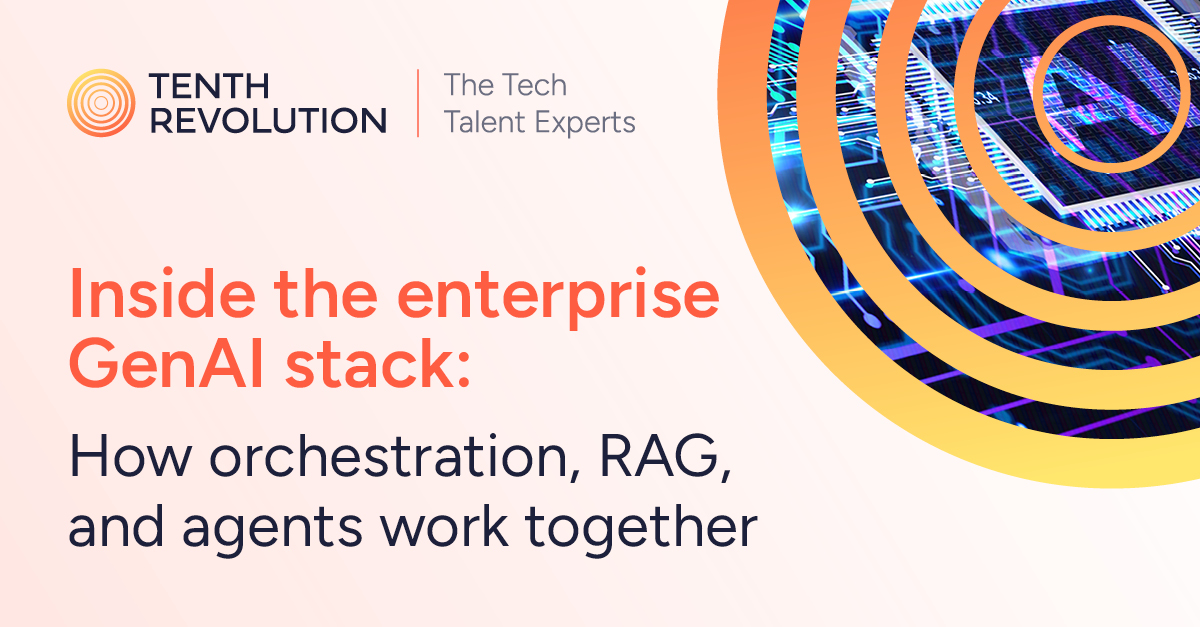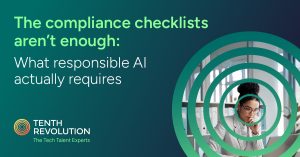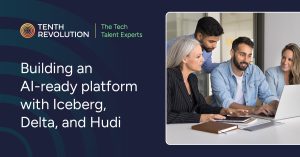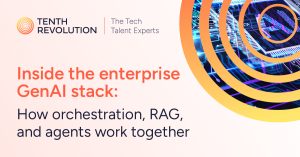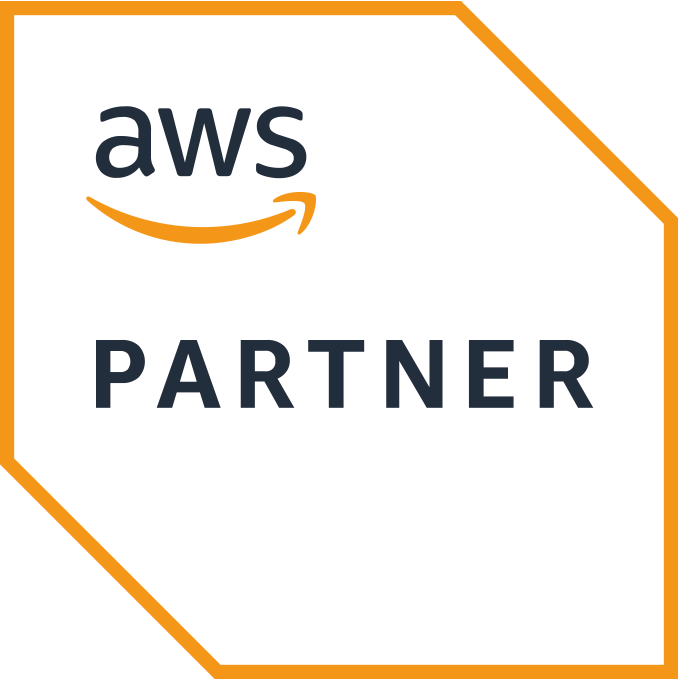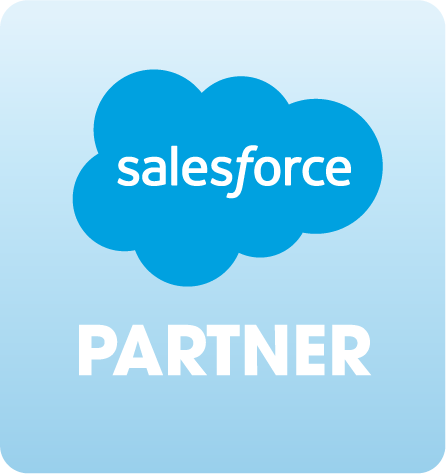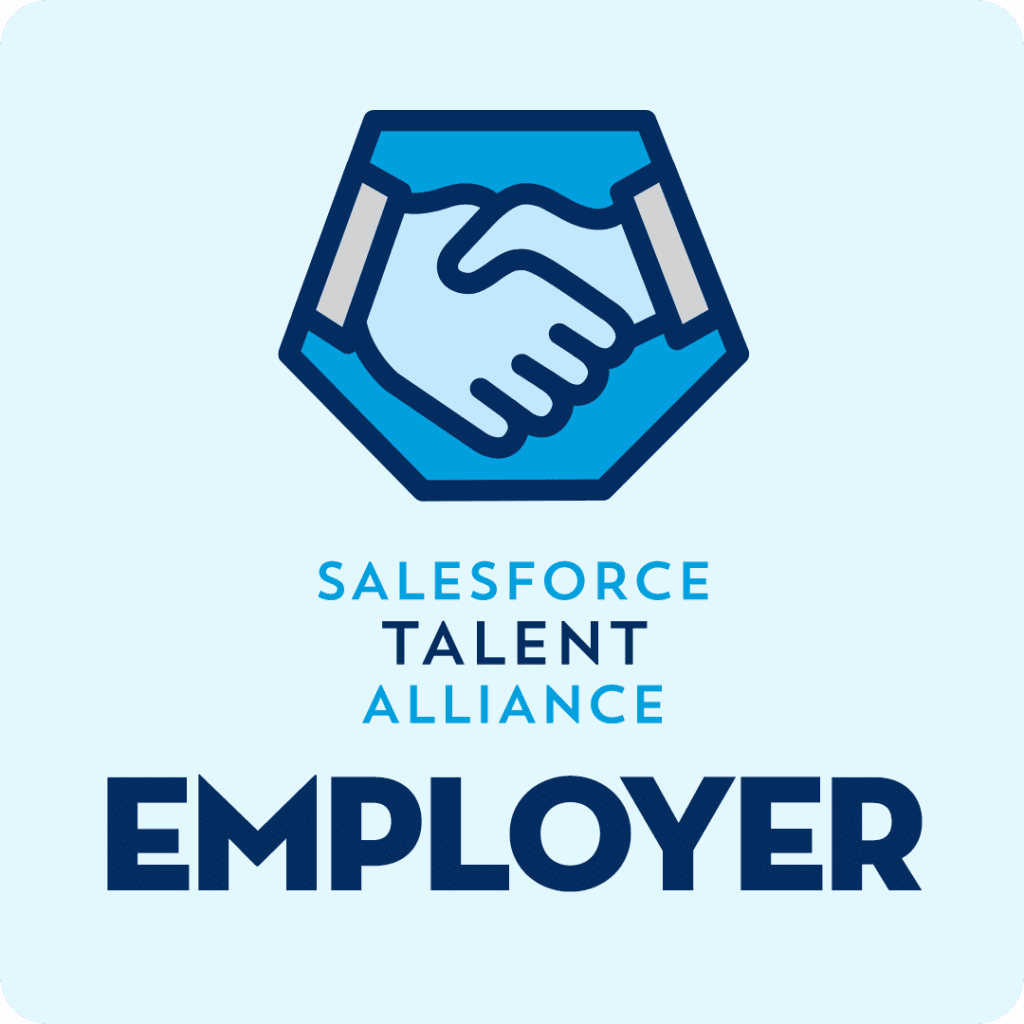Generative AI is no longer a lab experiment.
Enterprises that once ran small pilots are now wiring AI into real workflows, and that shift demands an enterprise-grade stack. It’s not just about having a strong model anymore. To make GenAI useful, safe, and cost-effective, businesses need orchestration, retrieval-augmented generation (RAG), and agentic workflows working together in one framework.
Why orchestration matters
Running large language models in production is rarely as simple as pointing users at an API. Enterprises need to manage multiple models across different use cases, sometimes routing low-value queries to cheaper models while reserving premium capacity for critical workloads. That’s where orchestration comes in.
Orchestration layers handle versioning, usage policies, and routing rules, ensuring requests go to the right model under the right conditions. They also provide the guardrails for access, logging, and cost management. Without orchestration, model usage quickly becomes inconsistent, expensive, and hard to govern.
RAG as the foundation of accuracy
Even the best models can hallucinate. That’s why retrieval-augmented generation has become standard in enterprise deployments. RAG systems ground model responses in organizational knowledge by connecting to curated datasets and knowledge bases.
The latest wave, often called RAG 2.0, takes this further with hybrid search, hierarchical chunking, and continuous feedback loops. Together, these techniques ensure that models generate outputs aligned with real enterprise data, not just statistical patterns. For regulated industries—finance, healthcare, public services—this shift isn’t optional. Accuracy and traceability are mandatory.
Agents that do more than answer
Where orchestration ensures control and RAG ensures accuracy, agentic workflows are where the productivity gains emerge. Agents are LLM-powered systems that don’t just respond, they act. They can pull data, interact with APIs, trigger processes, and complete multi-step tasks.
Picture a finance team where an agent doesn’t just summarize a report, but pulls data from ERP, reconciles entries, and prepares a compliance-ready statement. Or an HR workflow where an agent screens applications, schedules interviews, and logs updates directly into the ATS. These aren’t theoretical pilots anymore. Enterprises are already embedding agents into live operations.
Need help finding professionals who can design and manage retrieval pipelines? Tenth Revolution Group can connect you with trusted data engineers who build the backbone for reliable GenAI systems.
Making the pieces work together
Individually, orchestration, RAG, and agents solve specific challenges. Together, they create the enterprise GenAI stack.
- Orchestration keeps usage controlled, governed, and cost-efficient.
- RAG provides the accuracy and grounding enterprises require.
- Agents turn insights into actions, closing the loop between data and delivery.
When these layers are integrated, organizations move from fragmented pilots to scalable, production-grade systems.
Looking to embed orchestration and observability into your AI strategy? Tenth Revolution Group helps organizations hire LLMOps and platform engineers who can build scalable AI foundations.
The executive lens
For executives, the key takeaway is that GenAI success isn’t just about choosing the “best” model. It’s about building the stack that ensures models deliver reliable, compliant, and cost-controlled outcomes. That means investing in the people and processes that can stitch orchestration, retrieval, and agents into one consistent framework.
This is where many businesses underestimate the challenge. Models might come from cloud providers, but orchestration frameworks, retrieval pipelines, and agentic workflows depend on in-house expertise and trusted external talent. Without that talent, enterprises risk ballooning costs, inconsistent performance, and compliance exposure.
Where is this heading next?
The enterprise stack will only get more complex. Multi-model orchestration will expand to include specialized models for tasks like code generation or legal research. RAG systems will evolve with better semantic layers and domain-specific evaluation frameworks. Agents will become more autonomous, taking on workflows that today still require significant human oversight.
Enterprises that put the right stack in place now—supported by the right people—will be ready for that evolution. Those who wait may find themselves struggling to retrofit governance and control after systems are already in place.

